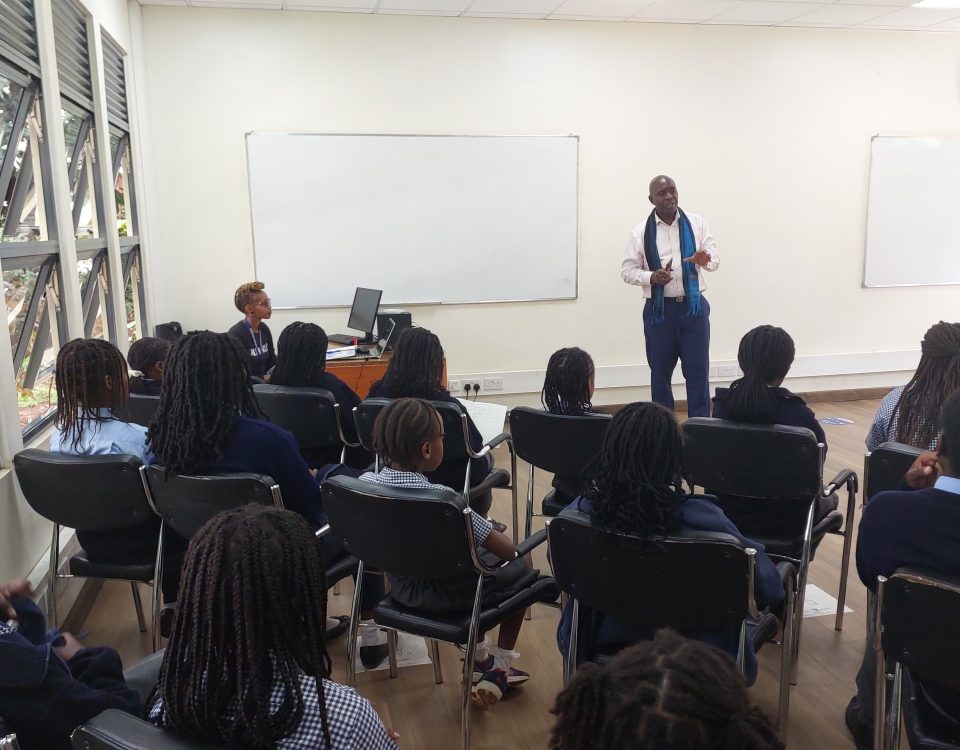- On The Wild Side
Hall of Fame for the Pangolin (2016 Highlights)

The Urban Conservationist
30th November 2016
A to Z Travel Guide
6th December 2016
Pangolin curled up in tight ball
A few years ago, not one person outside the scientific/conservation/natural world had ever heard of the pangolin up until its triumph at The Convention on International Trade in Endangered Species of Wild Flora and Fauna Seventeenth meeting of the Conference of the Parties (CITES CoP17) recently held in South Africa. All the 8 species were granted the highest level of protection against trade (Appendix 1), where Kenya and Nigeria with the support of the US submitted a proposal to protect the species and all of a sudden the pangolin gained global recognition, fame and awe.
CoP17 was a success for not only lesser known species such as the pangolin, the African Grey Parrot, Helmeted Hornbill, totoaba, psychedelic rock gecko, Titiaca water frog and the Tomato frog but also for iconic species such as the elephant, lion, tiger, cheetah and rhino. Tree species such as 350 species of rosewood, the African cherry and agarwood were also recognized and brought under CITES trade control. More on the success stories here.
Pangolins have been the most trafficked animals on earth as a result of illegal trade of its scales as well as skin and meat in South Asia, with estimates accounting for up to 20% of the entire wildlife black market. The illegal wildlife trade is the second greatest threat to conservation efforts worldwide which is valued between $10 and $23 billion annually being suppressed only by drugs, arms and human trafficking. Mid of this year, the Kenya Wildlife Service (KWS) seized 500kgs of pangolin scales at the Jomo Kenyatta International Airport (JKIA) in Nairobi, Kenya. This indicates the rate at which this species is being driven to extinction.
Pangolin Species
African
- Giant Pangolin (Smutsia gigantea) – Vulnerable
- Ground Pangolin (Smutsia temminckii) – Vulnerable
- Long tailed Pangolin (Phataginus tetradactyla) – Vulnerable
- Tree Pangolin (Phataginus tricuspis) – Vulnerable
Asian
- Indian Pangolin (Manis crassicaudata) – Endangered
- Philippine Pangolin (Manis culionensis) – Endangered
- Chinese Pangolin (Manis pentadactyla) – Critically Endangered
- Sunda Pangolin (Manis javanica) – Critically Endangered
Pangolin Facts
- The pangolin is the only mammalian species with scales due to a winning combination of evolutionary distinctiveness (genetic uniqueness). This scales are made of keratin and grow through out just like human hair and fingernails.
- A pangolin’s tongue can be 40cm long and starts in the chest cavity. The tongue is sticky which they use to collect insects which are ground up by stones and keratinous spines inside their stomachs. Up to 70 million insects are preyed on by an individual pangolin yearly. This plays a critical role in the wildlife food chain.
- They roll in a tight, near-impenetrable ball when threatened. However, this defense mechanism makes it easier for wildlife traffickers to capture and smuggle them.
- Pangolins also emit a noxious smelling acid from glands near the anus as another defense mechanism.
- They locate termite mounds and ant hills using the sense of smell and hearing since they have poor eyesight. This adaptive behavior is works to their advantage as they are mostly nocturnal species except for the Long tailed pangolin native to West and Central Africa which is regularly diurnal.
- Pangolins are sexually dimorphic meaning the genders vary widely in weight. Males are 10-15 percent heavier than females.
- Pangolins live in hollow trees or burrows depending on the species.
- Pangolins can swim.
- African pangolins usually give birth to one offspring at a time but the Asian species may give birth from one to three offspring’s.
What to expect after the success of CoP17
Action from government and stakeholders worldwide to adhere to the set guidelines which will be reflected in the legislation, regulation and operating practices especially for the world’s most vulnerable species.
How, when and where wildlife products are bought and sold will be affected.
The CITES strategic vision 2020 was also amended to make specific mentions to align with the UN Sustainable Development Goals (SDGs).
Time will tell whether the success at CoP17 will be met as we move swiftly to the implementation phases till CoP18 to be held in Sri Lanka in 2019.
Protection of endangered species is paramount when it comes to preserving our natural heritage. – Erik Solheim (Executive Director UNEP)





